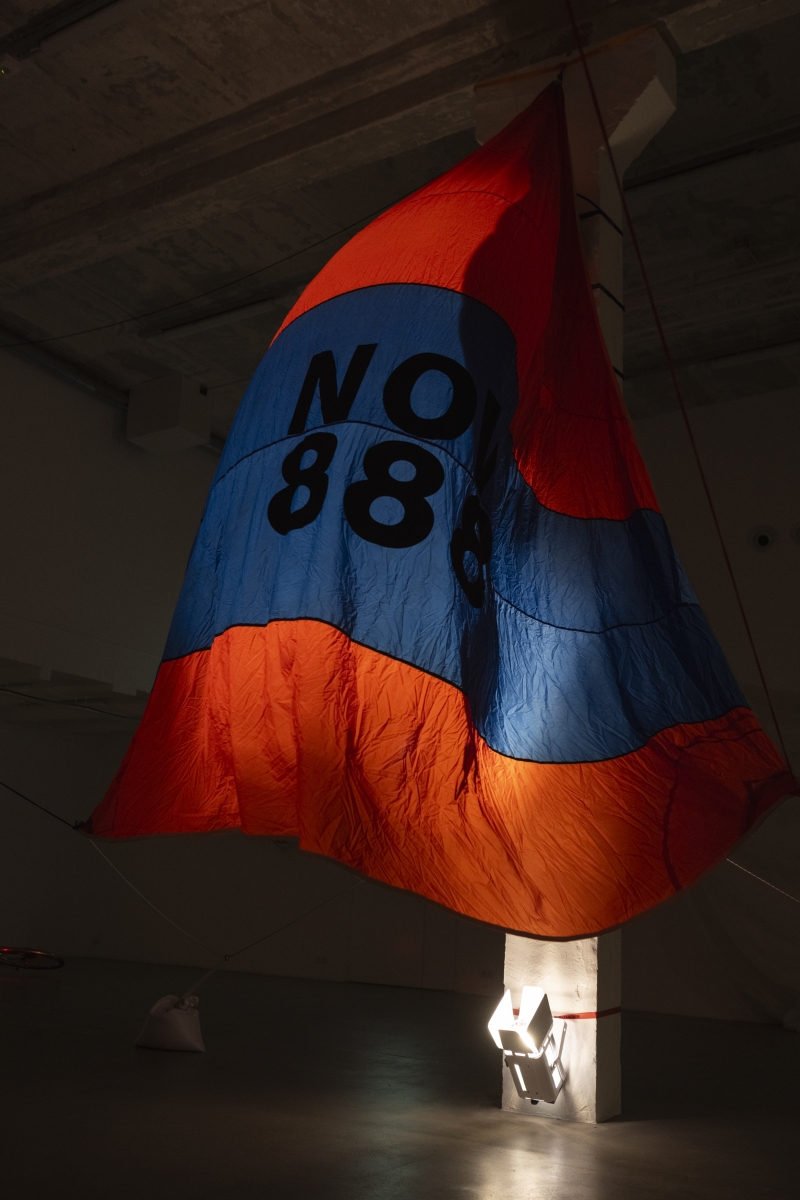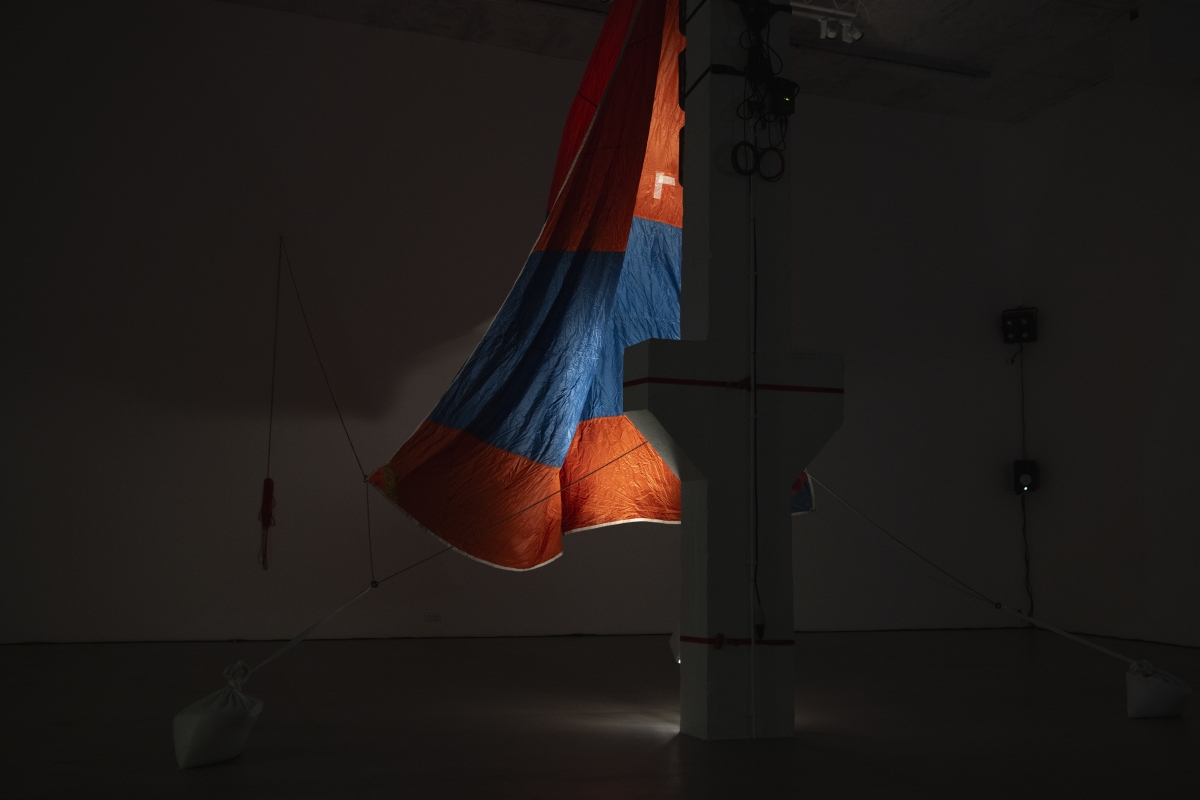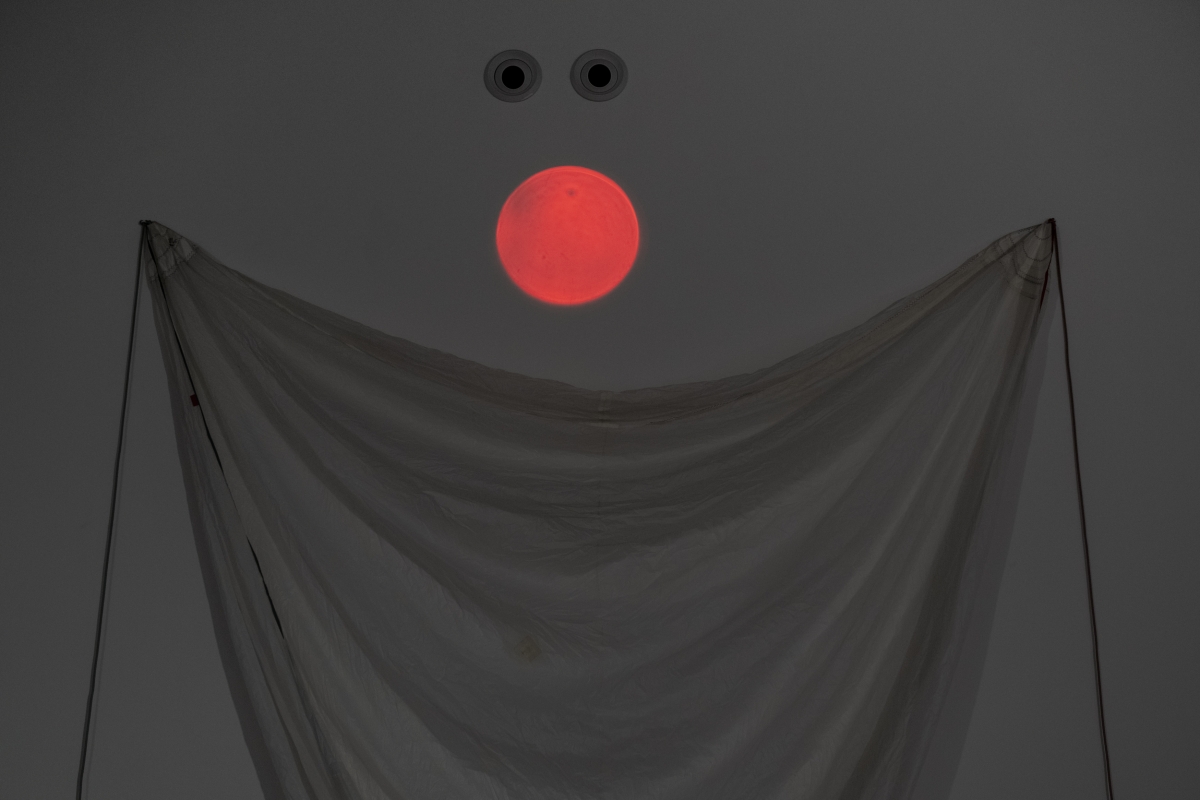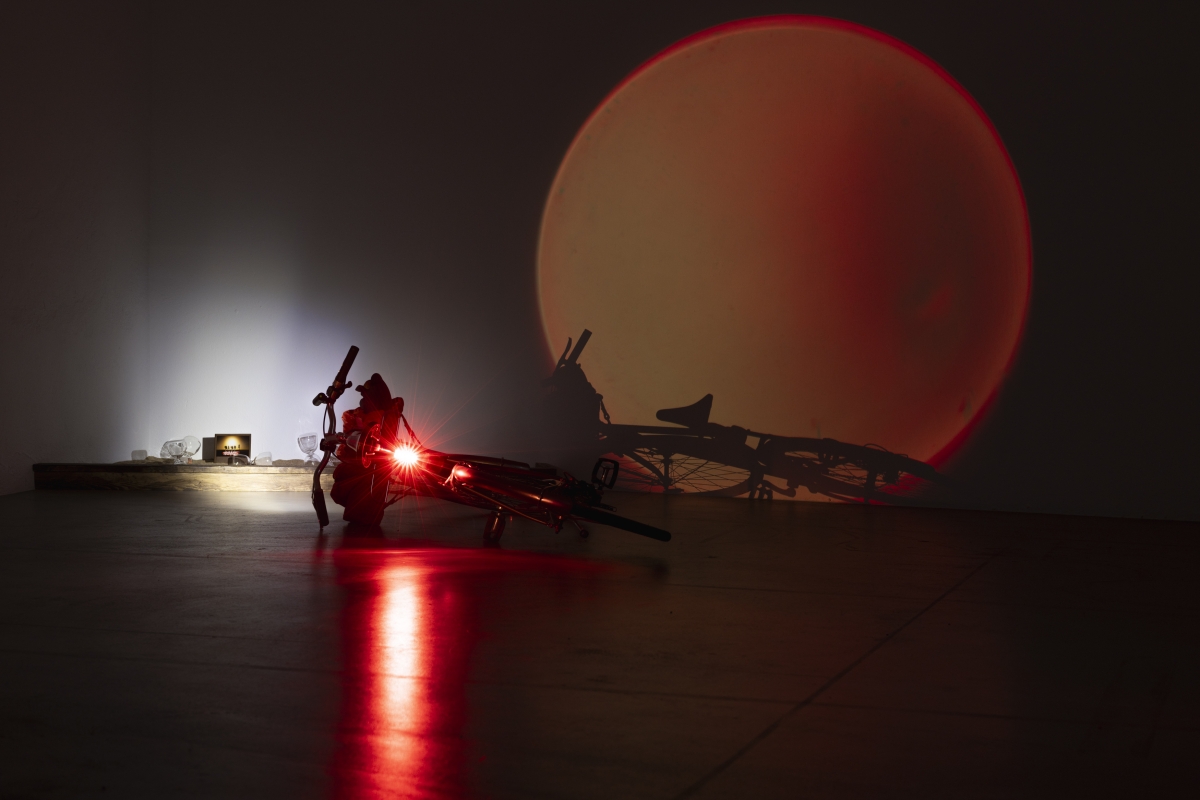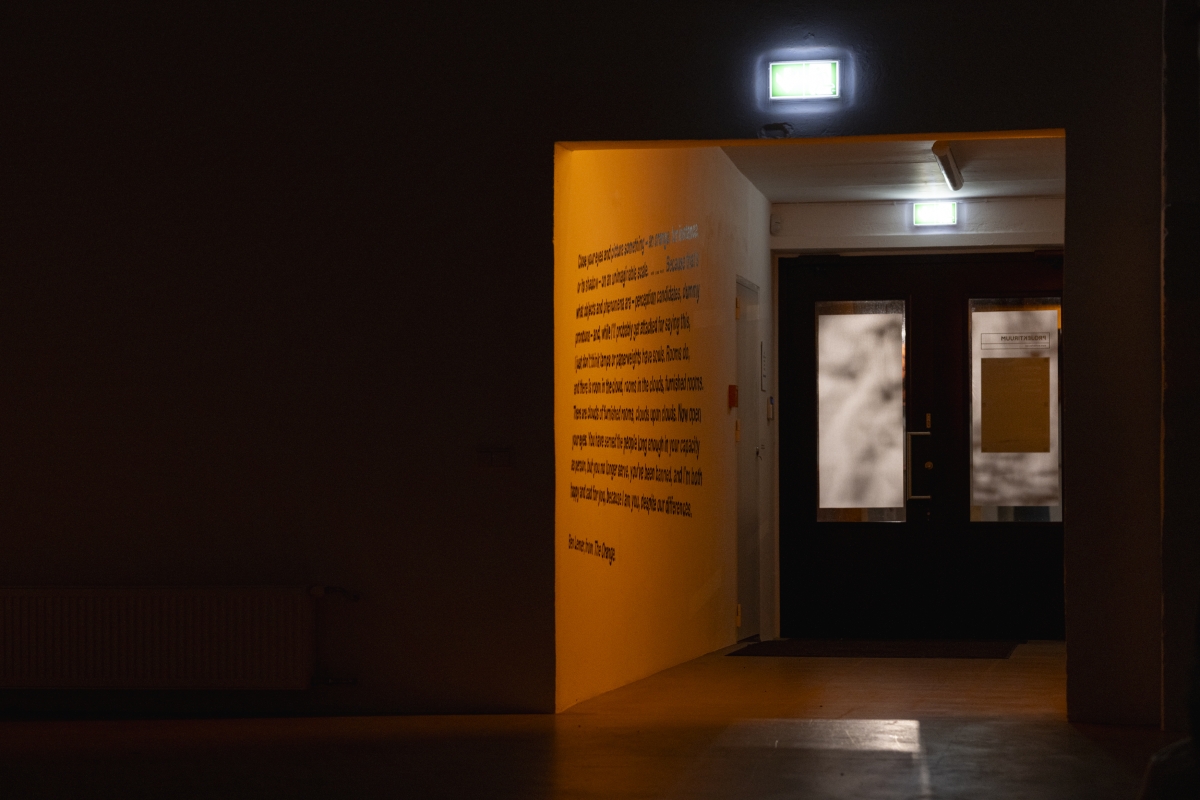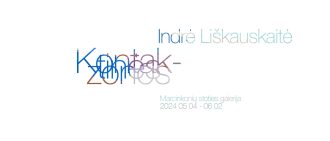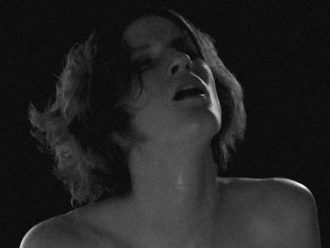ARS Project Space 20.–31.01.2024
The project is open for 12 days, daily from 12:00 to 18:00.
For the finnisage on January 31 Wondering O (aka Mihkel Tomberg) will be performing live from 6pm.
From January 20th to 31st ARS project room hosts Marten Esko’s installation-based staged environment “Apophenia. 12 days from now is not a future”, which partially reuses scenes and experiences from everyday life as well as materials used in previous creative projects; partly not.
Apophenia is the tendency to perceive meaningful connections between unrelated structures. “Apophenia” and apophenia seem to be meaningfully related. As part of “Apophenia”, the ARS project room is used as a project room, i.e. a room in which the project is largely made. “Apophenia” is an exhibition-like situation and a specific kind of meaningful whatever-feeling after a longer-than-average overly-focused thought process in the context of finding an answer to some major or minor vitally important question.
“Owing to lack of interest, tomorrow has been cancelled, you are now in the strawberry beds of the eternal present.”
This is a quote from Derek Jarman’s “Through the Billboard Promised Land Without Ever Stopping”, published in 2022, but written in 1971, which itself is an extension of Irene Kampen’s 1969 book title “Due to Lack of Interest, Tomorrow Has Been Canceled”. By now that lack of interest seems to have largely changed to a conflict of interest – or has it always been that instead? – and a conflict of interest is often a conflict of meaning; that is, a conflict in meaning-making and making-sense.
In “Angle of Yaw”, published in 2006, Ben Lerner writes:
“MINUTE PARTICLES OF DEBRIS IN SLOW DESCENT force evacuation of the concept. At what altitude does the view grow comprehensive? The daredevil places his head in the camera, eliciting oohs and aahs. We have willingly suspended our disbelief on strings in order to manipulate it from above.”
Apophenia – making sense out of senselessness – could as well work in reverse apparently, where meaningful connections are perceived as meaningless. Some call it randomania, the simplest concrete example of which is prosopagnosia, the so-called face blindness, or the inability to recognize people’s faces (prosopagnosia is the opposite of pareidolia, a sub-branch of apophenia). Everything has a name, but meaning is either there or it isn’t, or it isn’t perceived, or it doesn’t hold, or it has to be invented or added, or it hasn’t been given and you should make it yourself. Either make this make sense or stop making sense; the choice is there amongst others.
Ben Lerner continues:
“IF IT HANGS FROM THE WALL, it’s a painting. If it rests on the floor, it’s a sculpture. If it’s very big or very small, it’s conceptual. If it forms part of the wall, if it forms part of the floor, it’s architecture. If you have to buy a ticket, it’s modern. If you are already inside it and you have to pay to get out of it, it’s more modern. If you can be inside it without paying, it’s a trap. If it moves, it’s outmoded. If you have to look up, it’s religious. If you have to look down, it’s realistic. If it’s been sold, it’s site-specific. If, in order to see it, you have to pass through a metal detector, it’s public.”
Disagree here.
The project is supported by the Cultural Endowment of Estonia, the Estonian Artists’ Association and EKKM.
Thank you: Mihkel Ilus, Mihkel Tomberg, Patrik Tamm, Angela Maasalu, Mikk-Mait Kivi, Jaanus Samma, Veiko Iliste, Henry Kasch, Ingrid Köösel, Neeme Külm, Tommingas family.
Photography: Patrik Tamm

